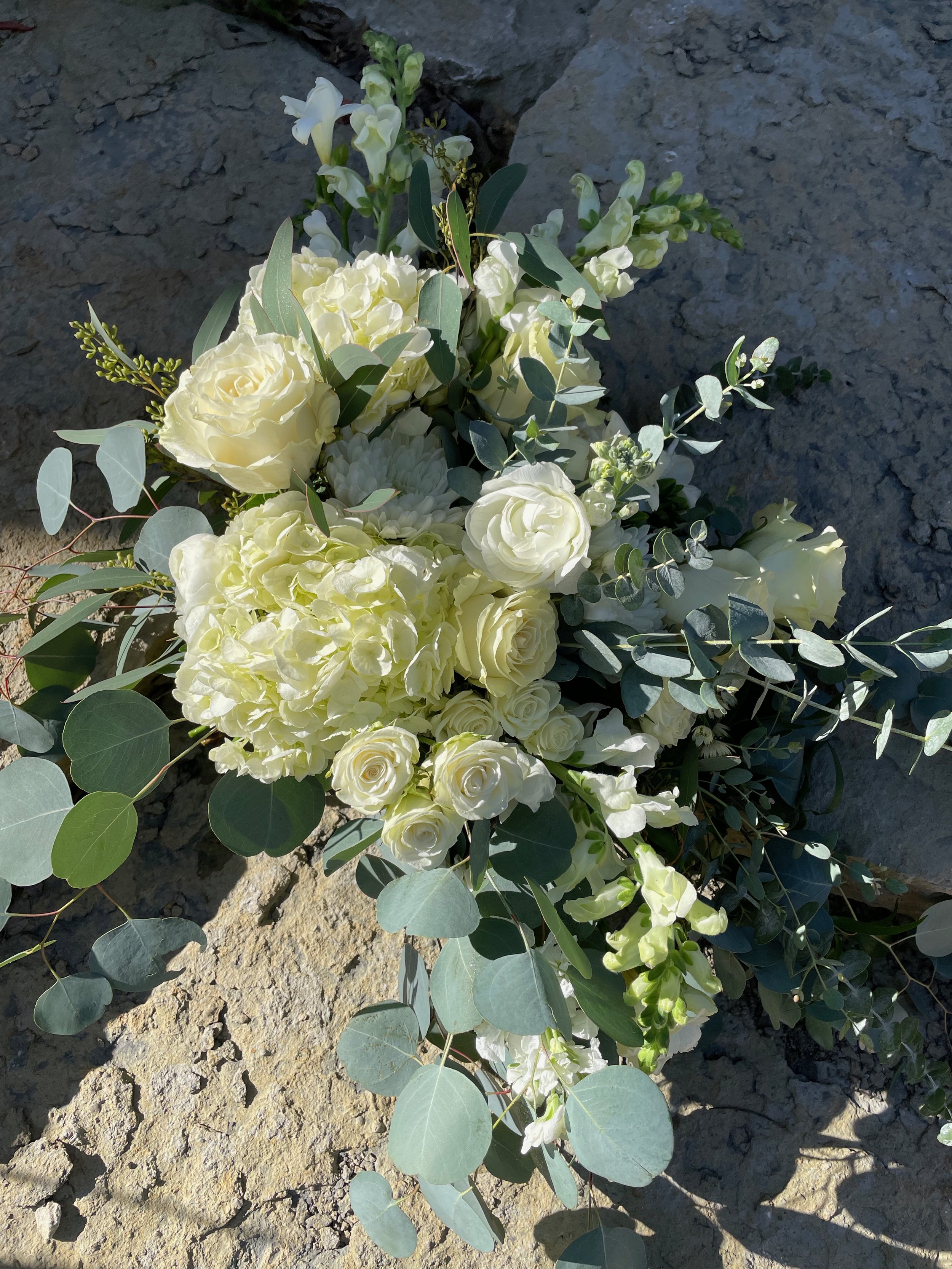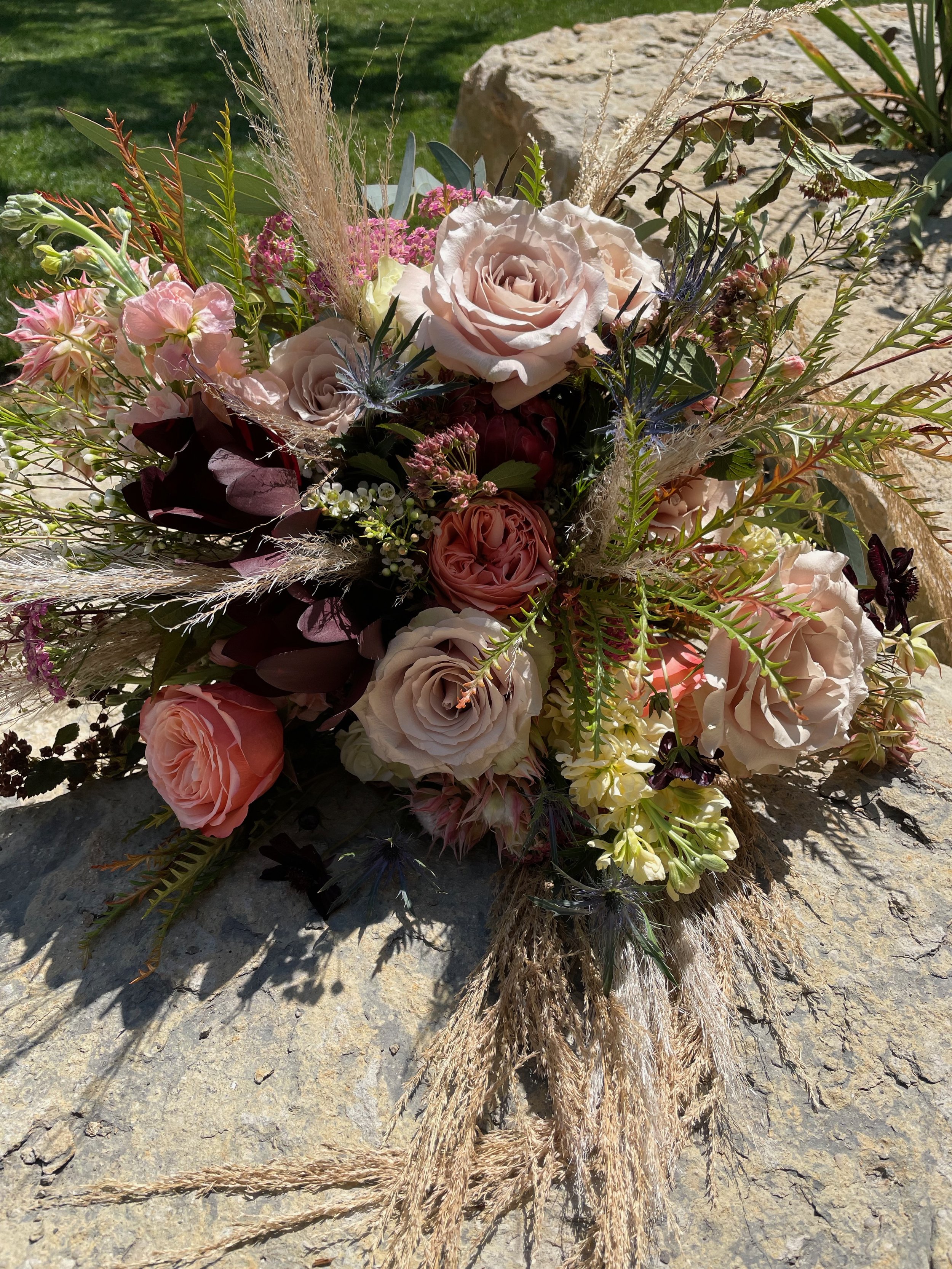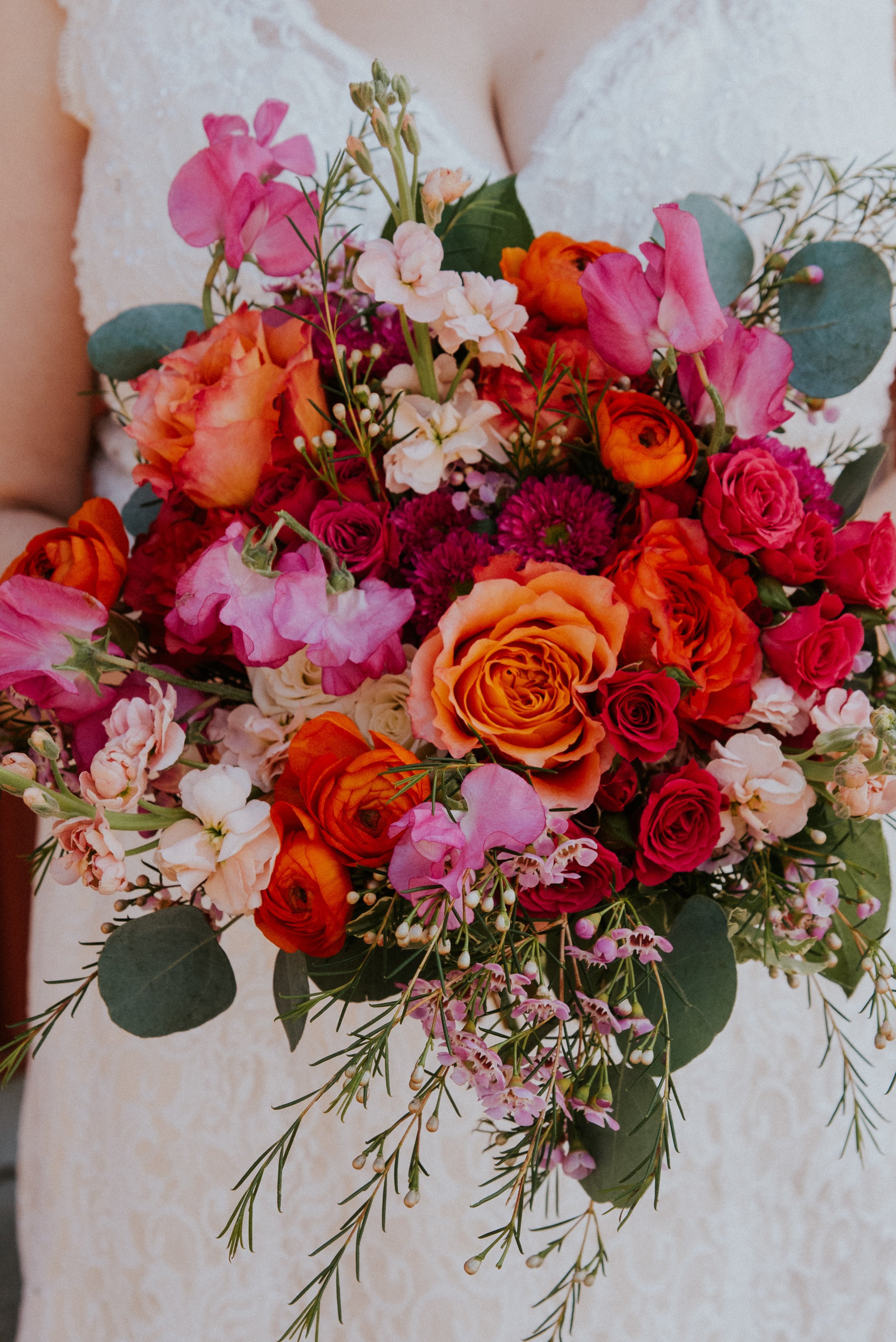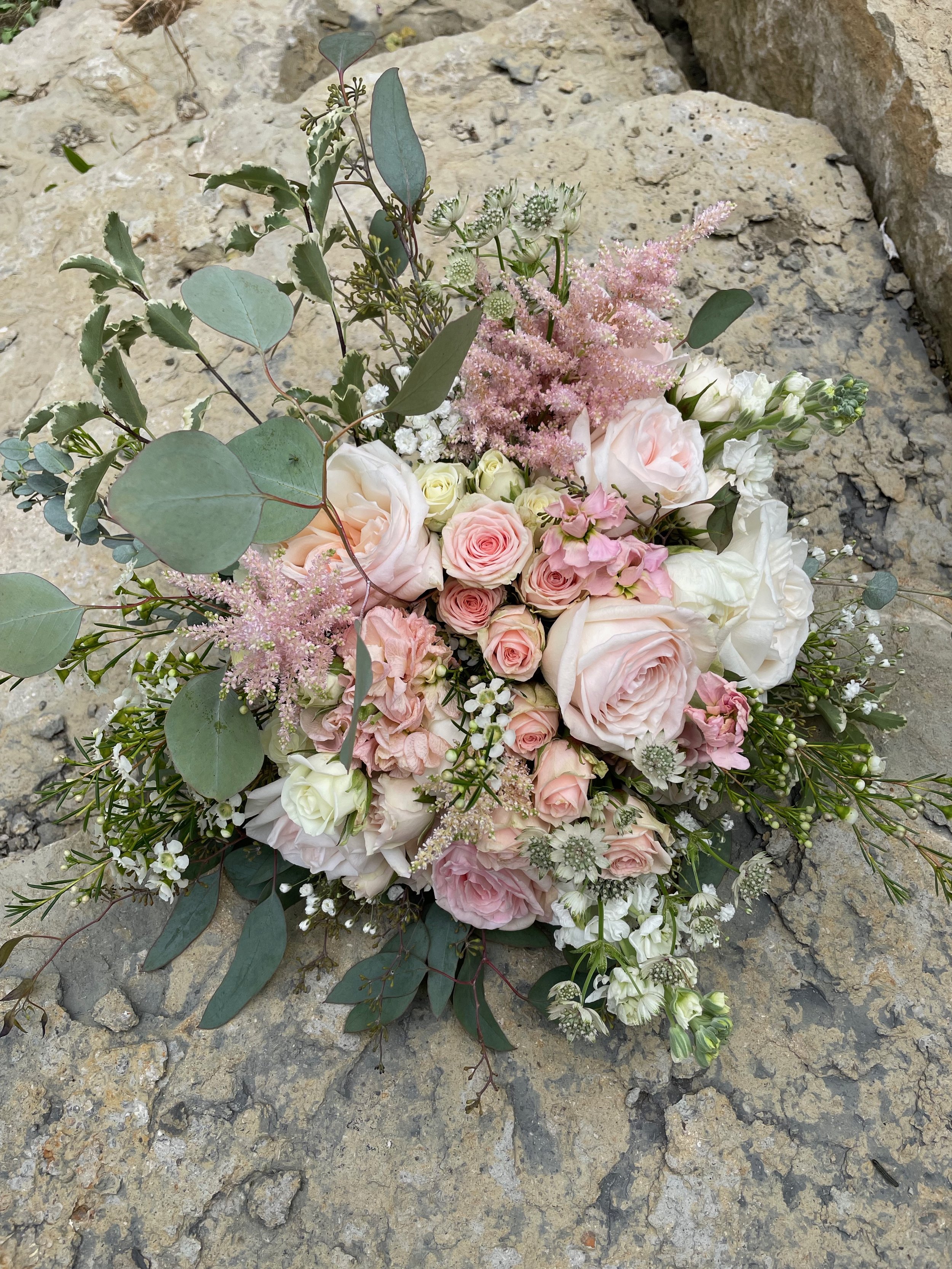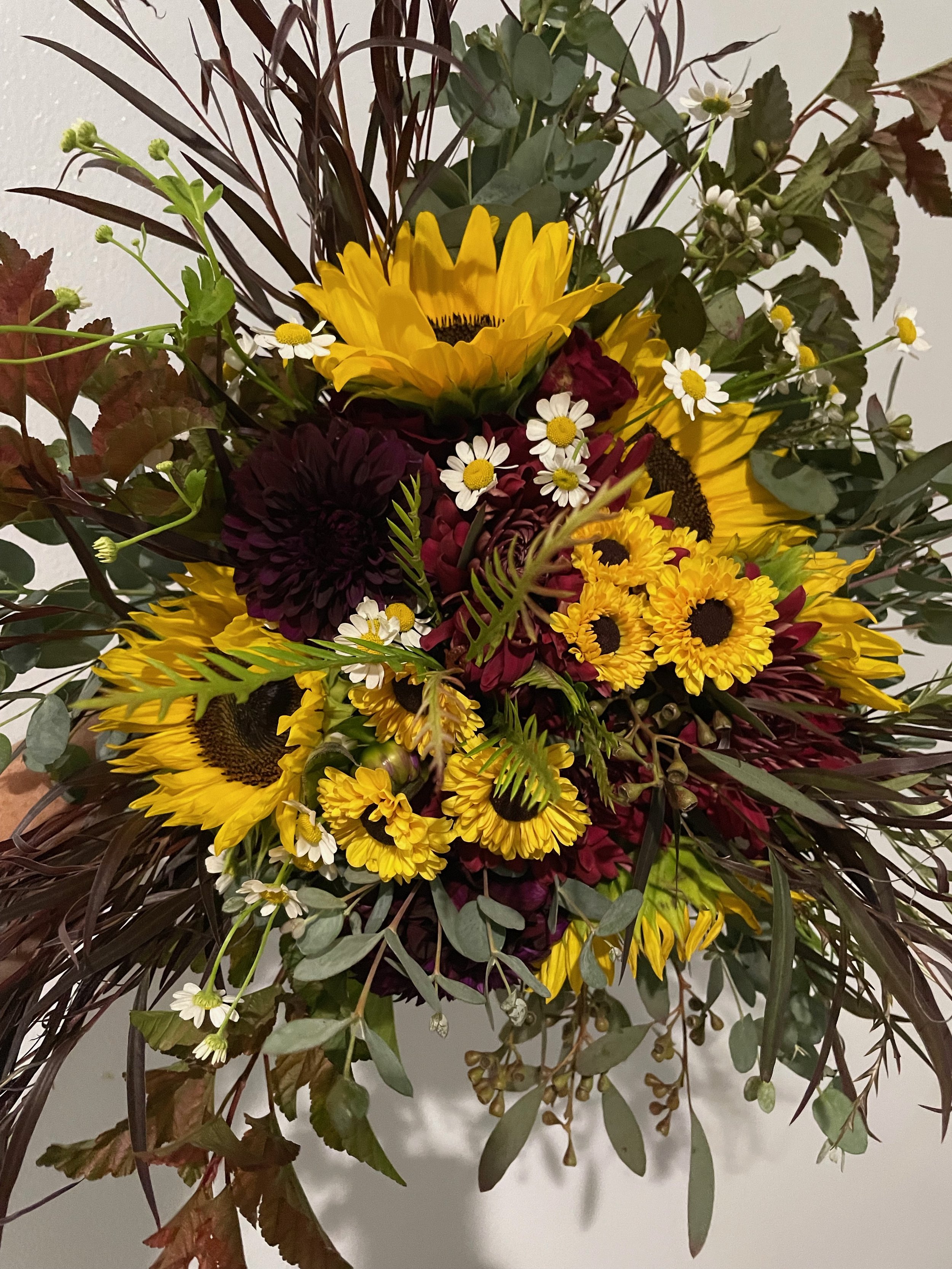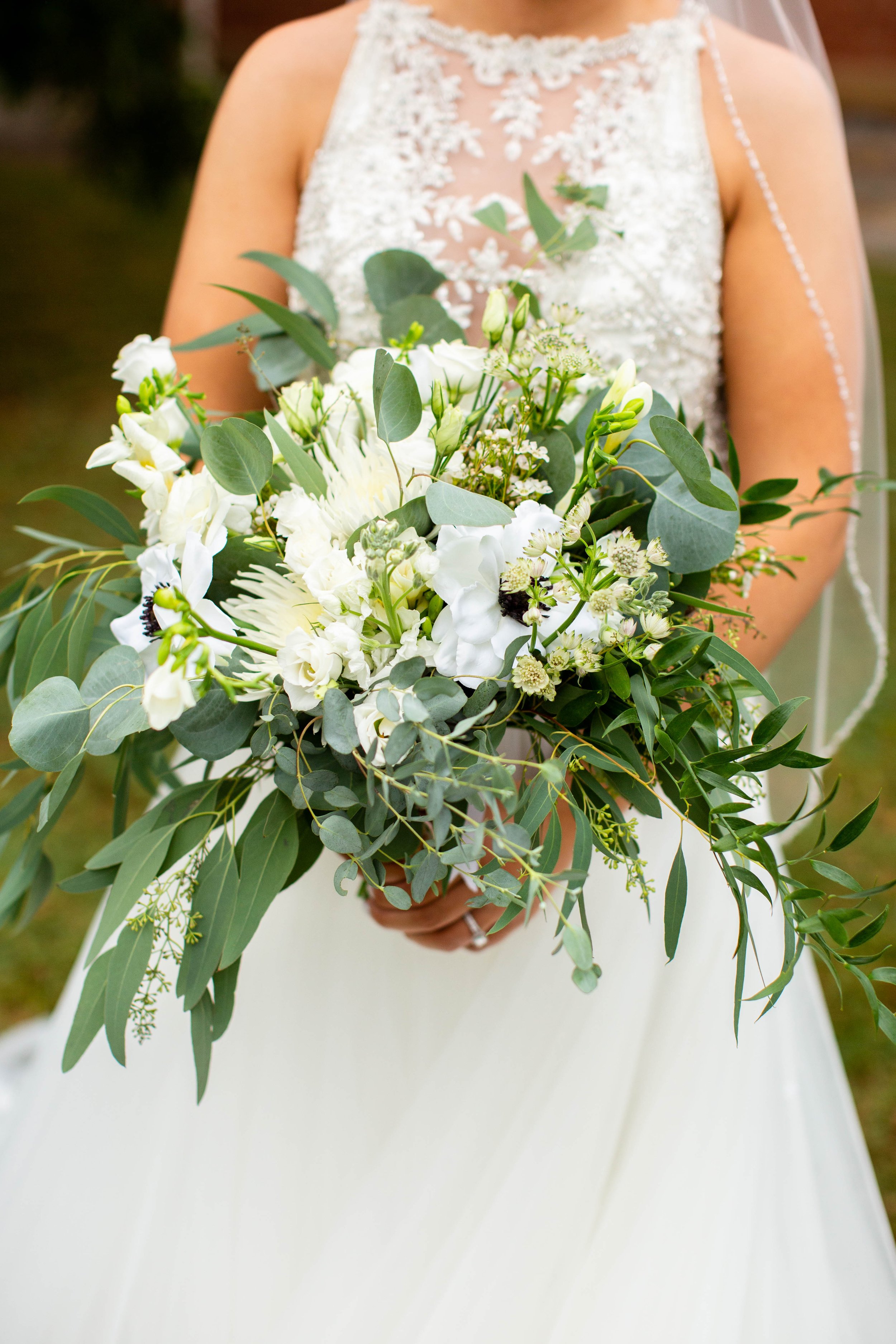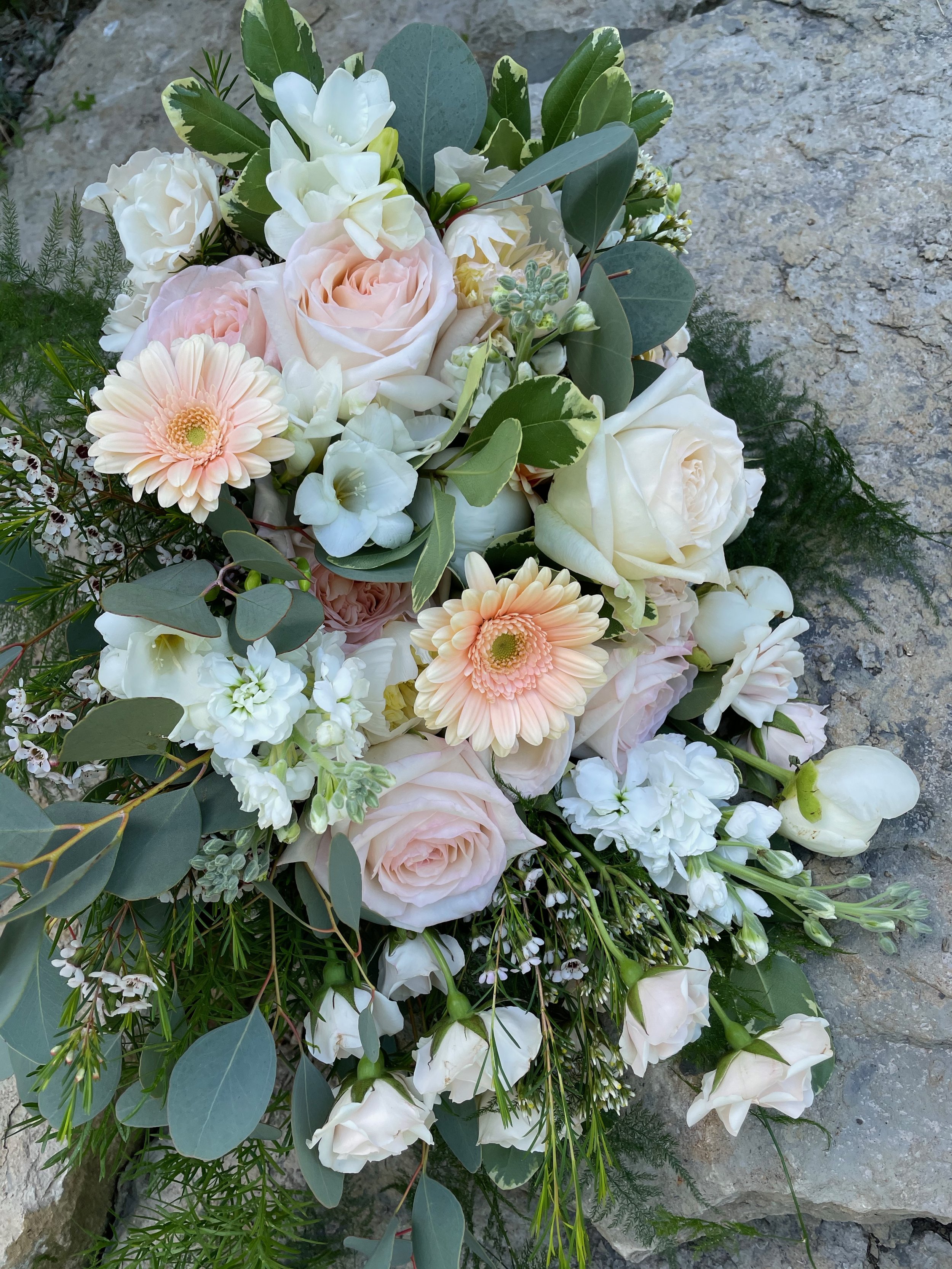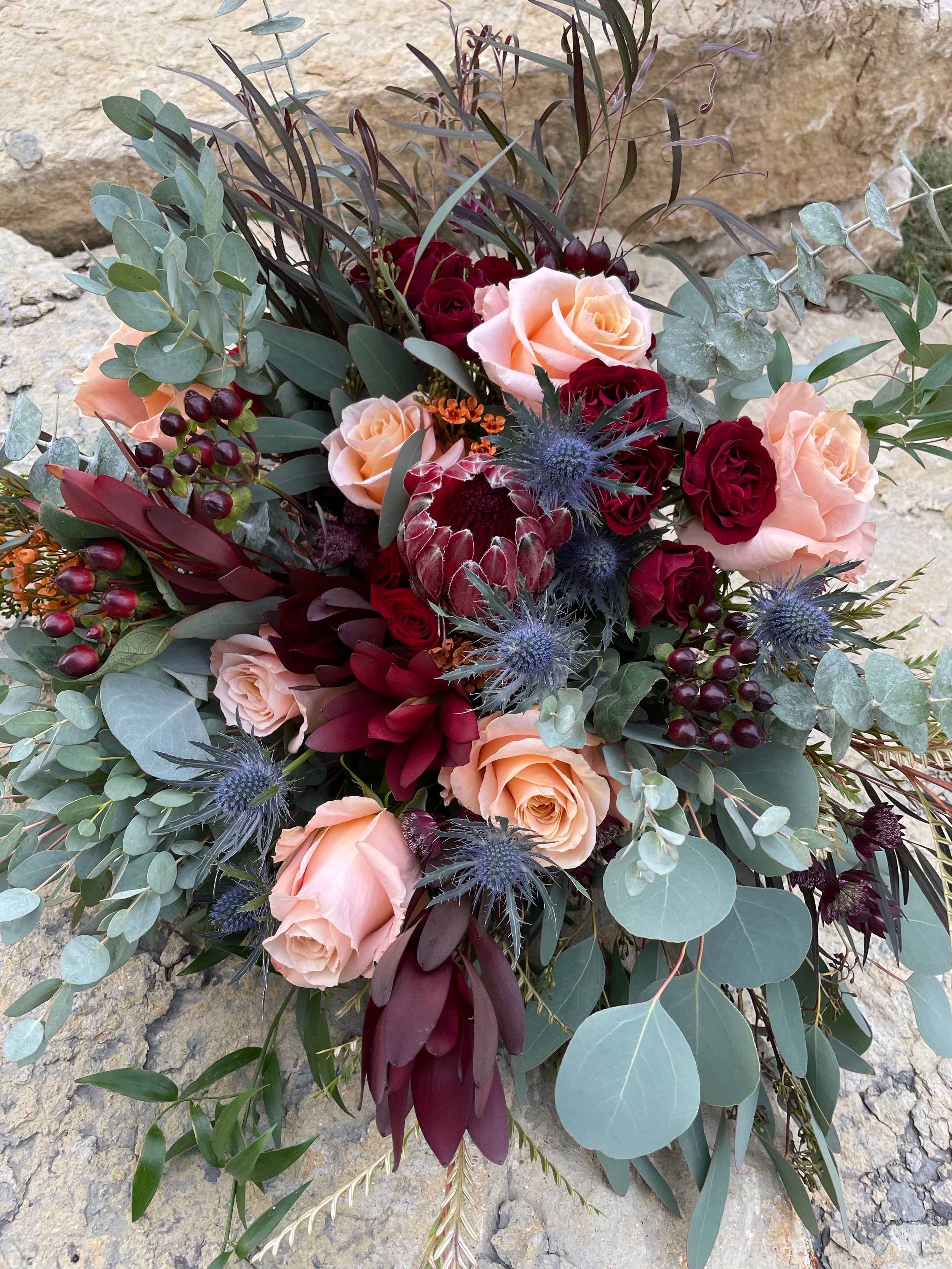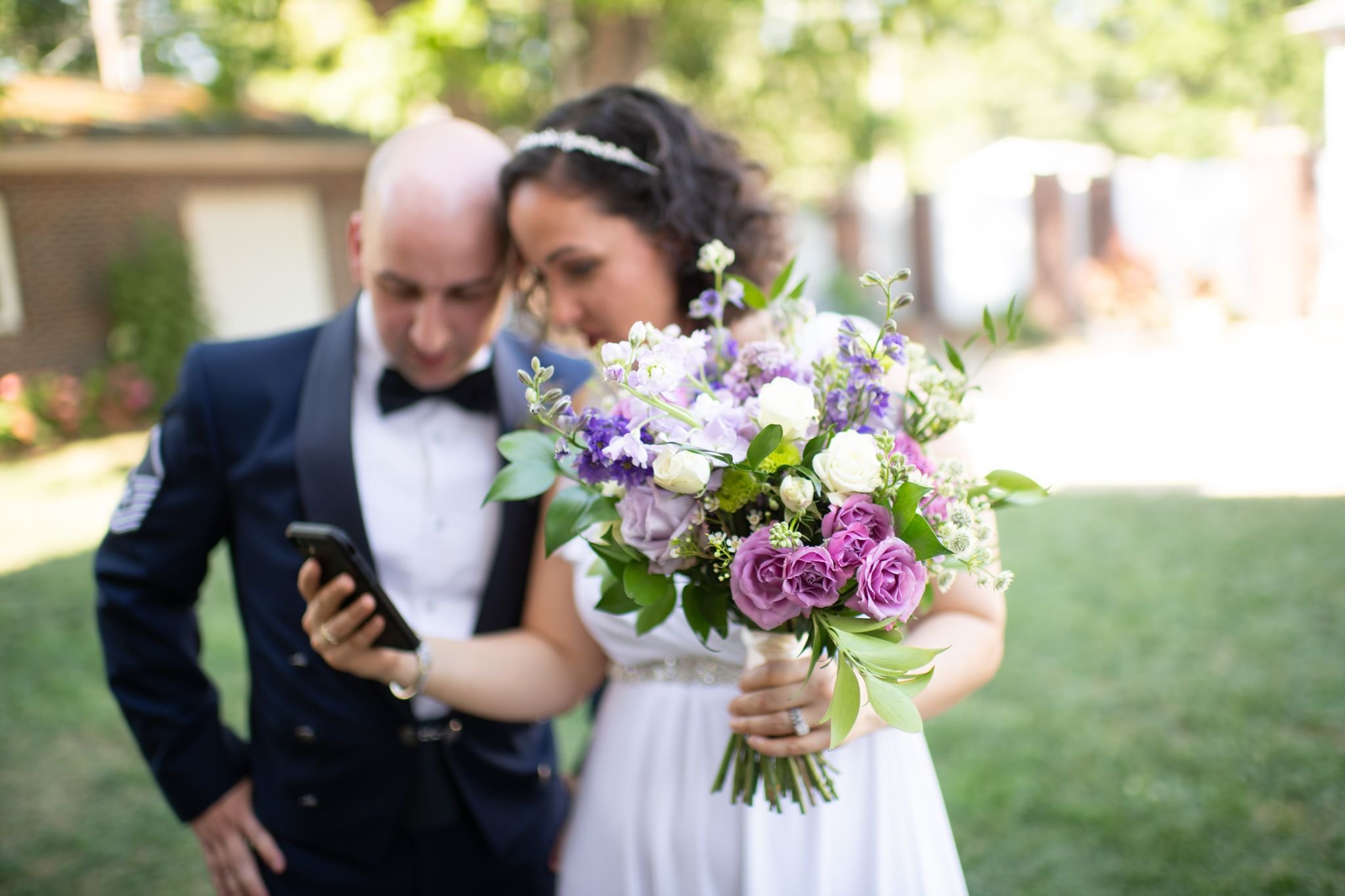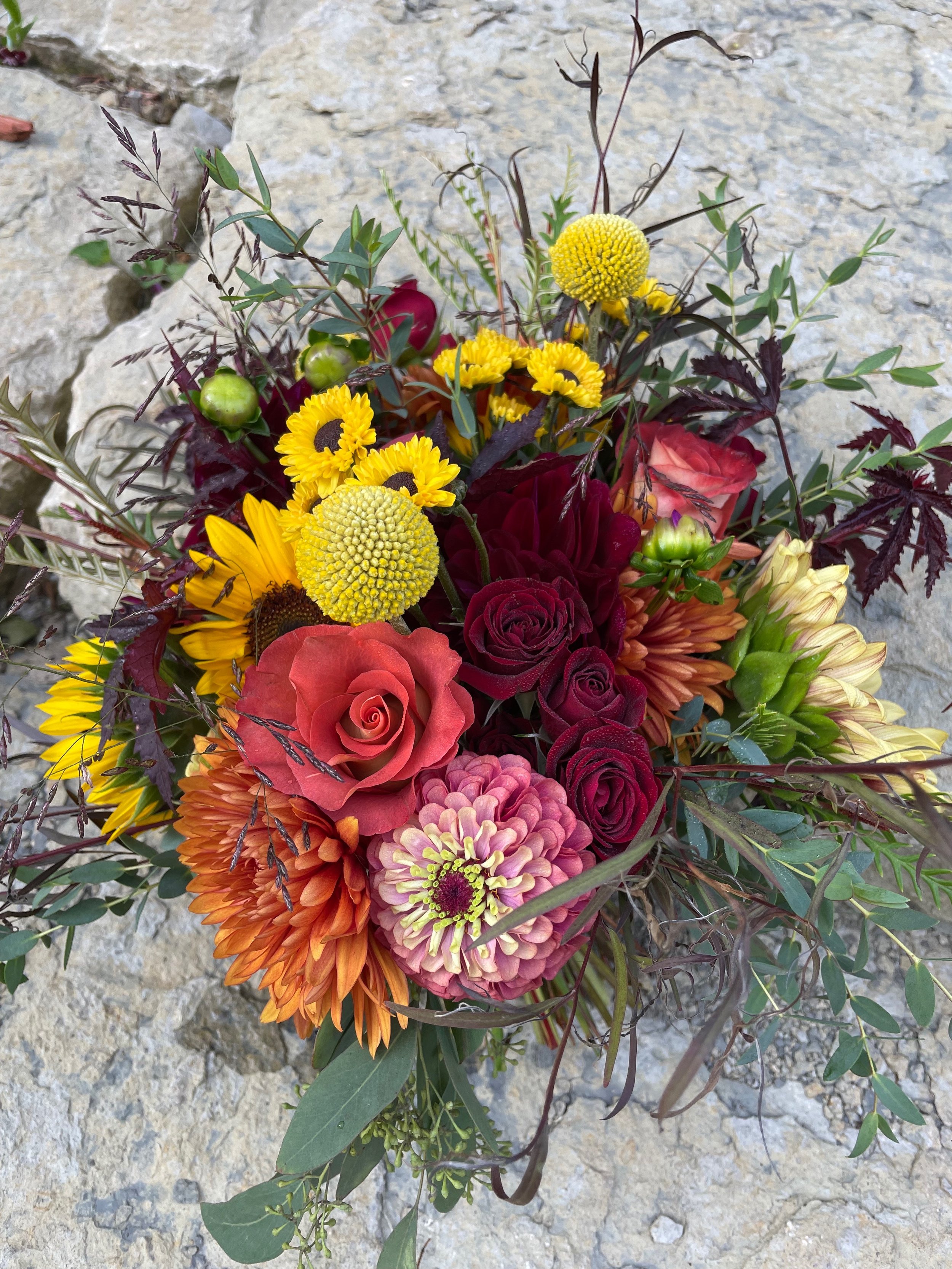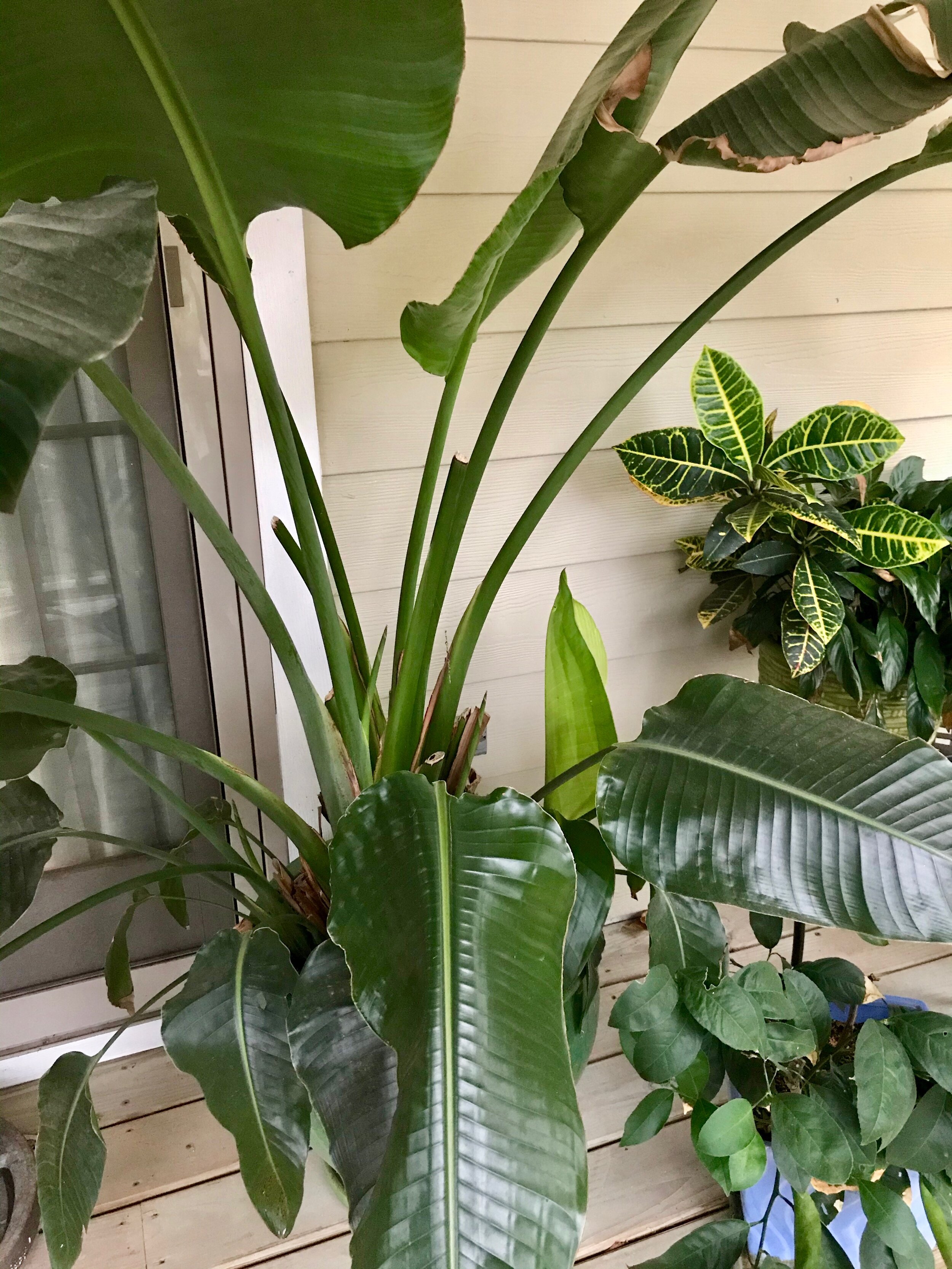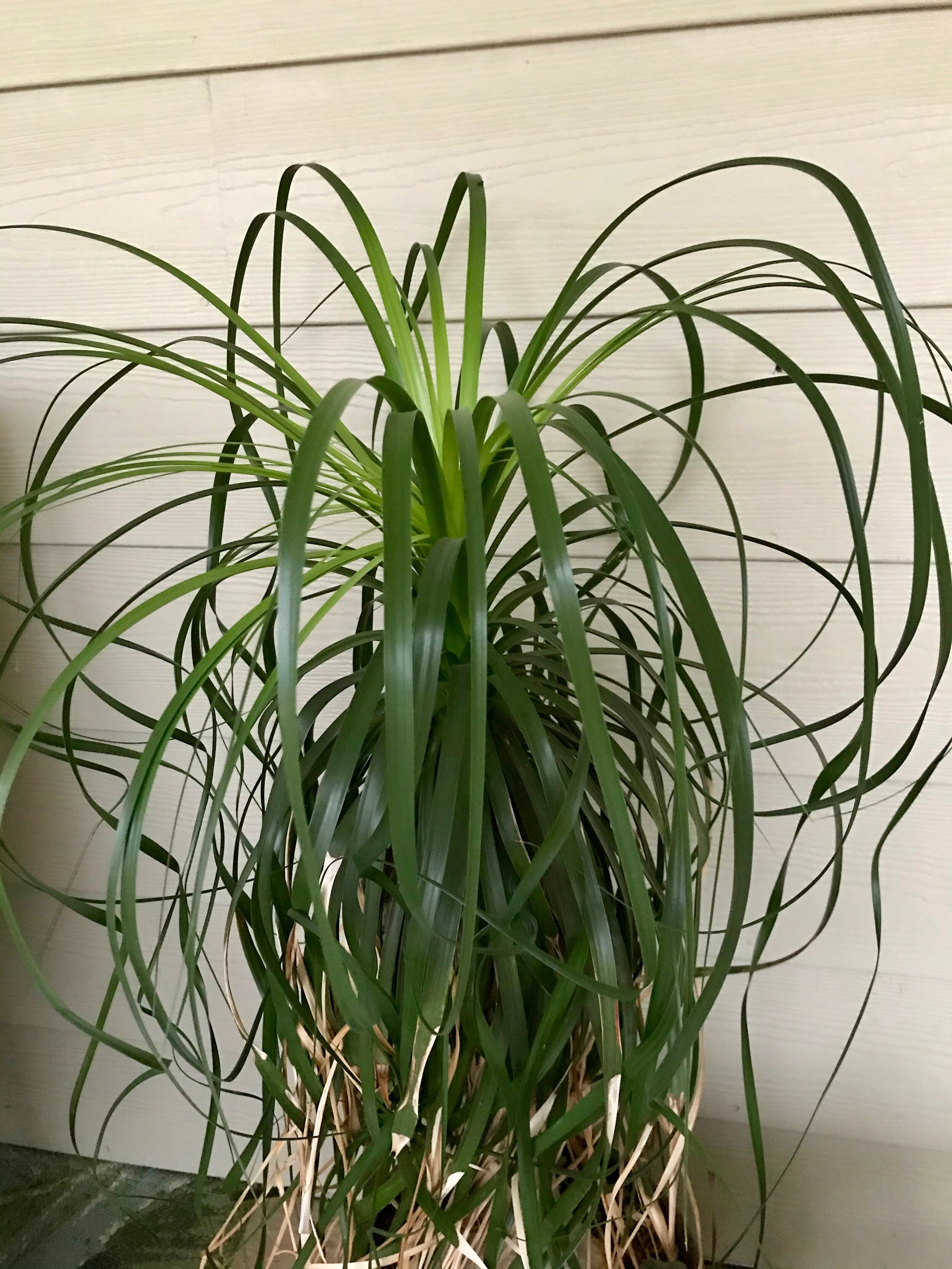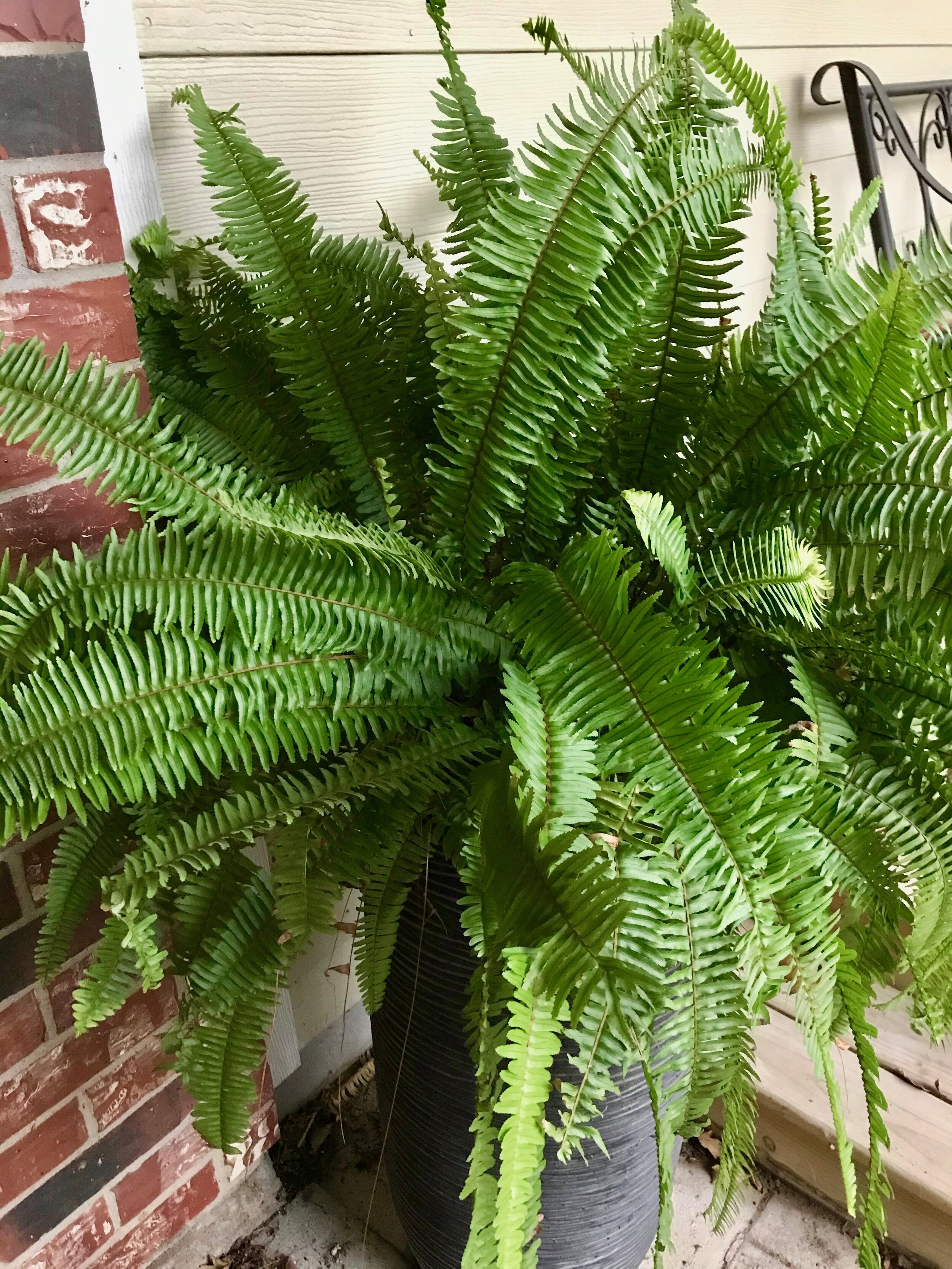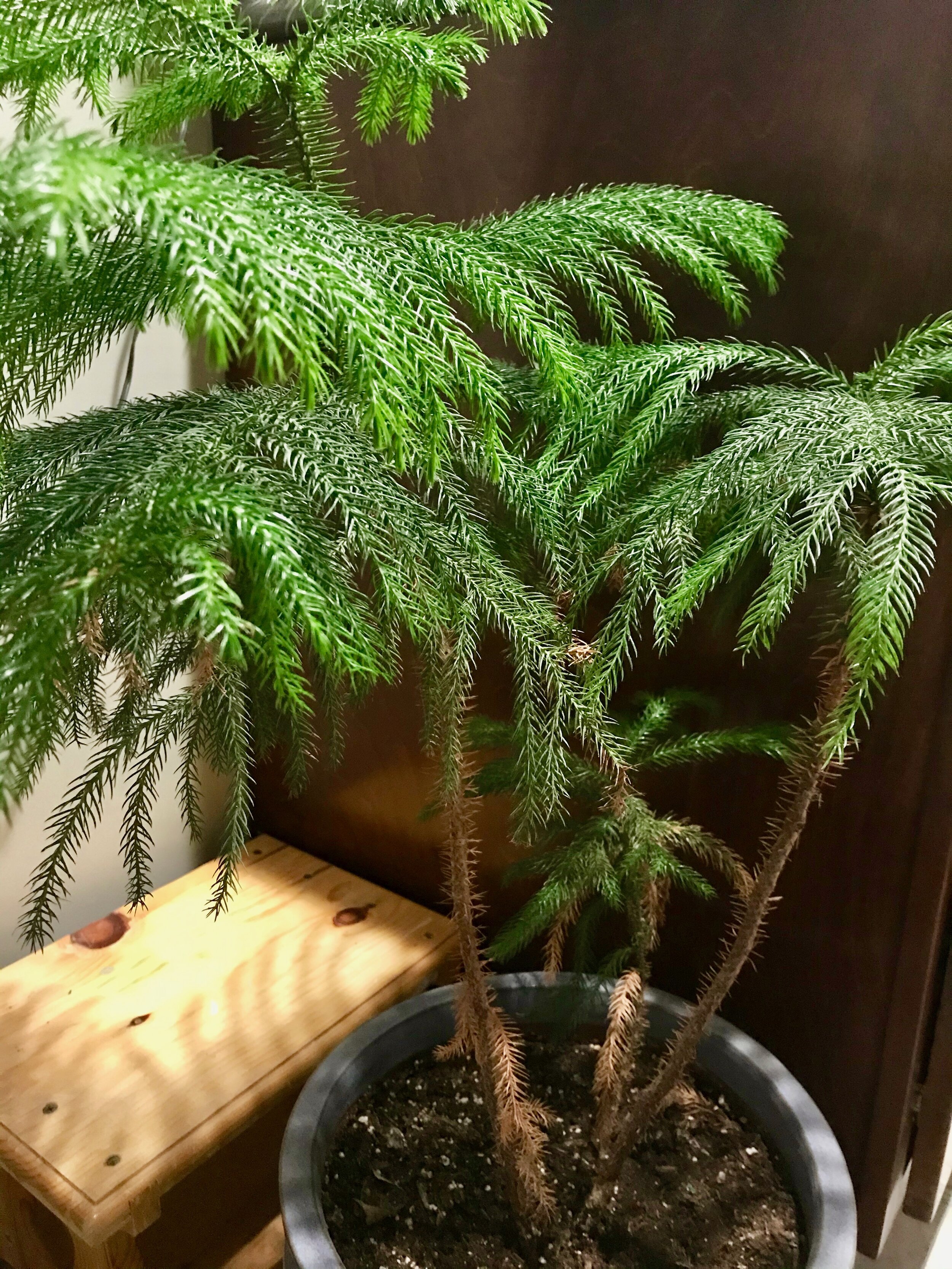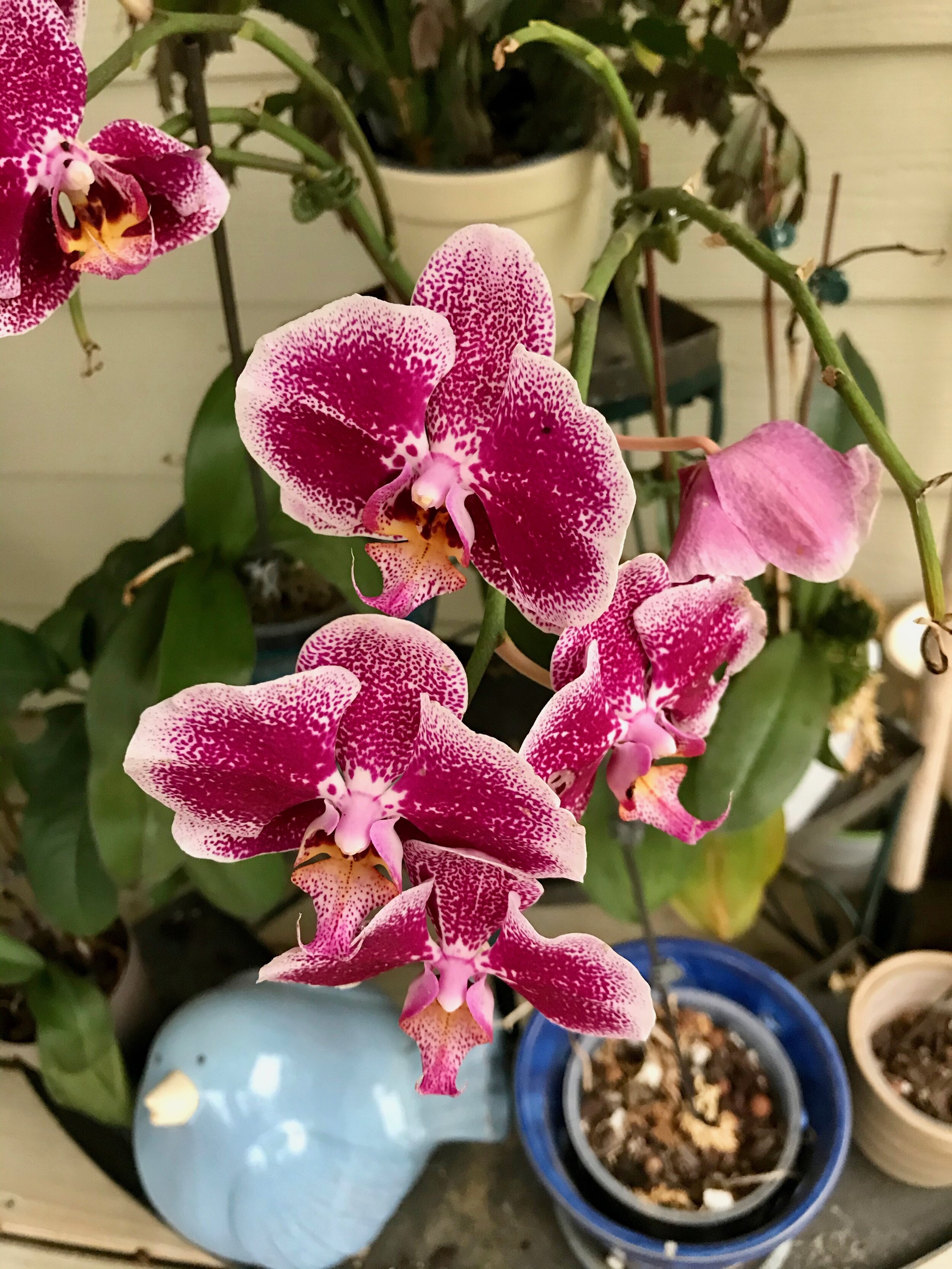I am finally finished with weddings for 2021! I had a happy, busy fall wedding season and towards the end I had a sneaky feeling that I may be closing in on a career milestone of 100 weddings for Clover and Honey. When I finally sat down to add things up over the last nine years, I realized I had already done it. Somewhere in 2021, someone’s wedding was my 100th! To be honest, I was just too lazy to figure out exactly which wedding it was, so here are my favorite bouquets from this year and I’ll just celebrate all of them as my milestone. Thank you to everyone who trusted me with their dreams, and for all my future couples, just know that I have a lot of wisdom and experience to share with you from the weddings that came before yours.
Is there a best time to book your wedding florist? There isn’t a specific timeline though I suggest 6-12 months. With the reschedules from 2020, things were kind of crazy this year, and even in to 2022, so it’s best to ask early.
Do you need to have all the details figured out before you contact me? No! It’s helpful to know your color preferences, the overall style or vibe you’re going for, in addition to the number in your wedding party and a rough estimate of the number of guests invited.
Do you need to have an exact floral budget? It’s helpful to have a general idea of your overall wedding budget as well as the main goals or focus of your wedding. Just know that your wedding day team makes your dream come true! Make sure you bring professional people on board who you trust to execute your vision with care and excellence.
It’s easy to get started:
First fill out the wedding questionnaire here and share some details about your wedding with me. I will get back to you asap.
Then we will set up a phone consultation. (Ideally we hit it off and decide we’re a good match.)
Next, I put together a preliminary proposal for you to make sure we’re on the same page in terms of style and budget before signing a contract.
Finally, if you decide you’d like to move forward, a signed contract and deposit will secure your date and you can officially cross “find florist” off of your to-do list!
Absolutely amazing! Jennifer was an absolute delight to work with. She helped put my wedding floral dreams to life. Our wedding was postponed due to COVID and she was so flexible and understanding which we so much appreciated. She also traveled to our venue and set everything up in the most gorgeous way. Our wedding day was so perfect and it wouldn’t have been possible without Clover and Honey flowers. Thank you so much Jennifer, you are an angel and I l loved working with you!
~Makenzie, review from WeddingWire
Our Process…
I bring your vision to life so that your flowers are not only beautiful, but perfect for you! I want to take your floral designs to the next level.
I listen and interpret your style so I can pull together the best parts of your ideas to create a cohesive look.
I hand-select your flowers, inspecting for quality so they are the freshest available.
I advise you on details that fall outside the realm of flowers to ensure design consistency.
You’ll find it easy to reach me when you have questions or need advice.


